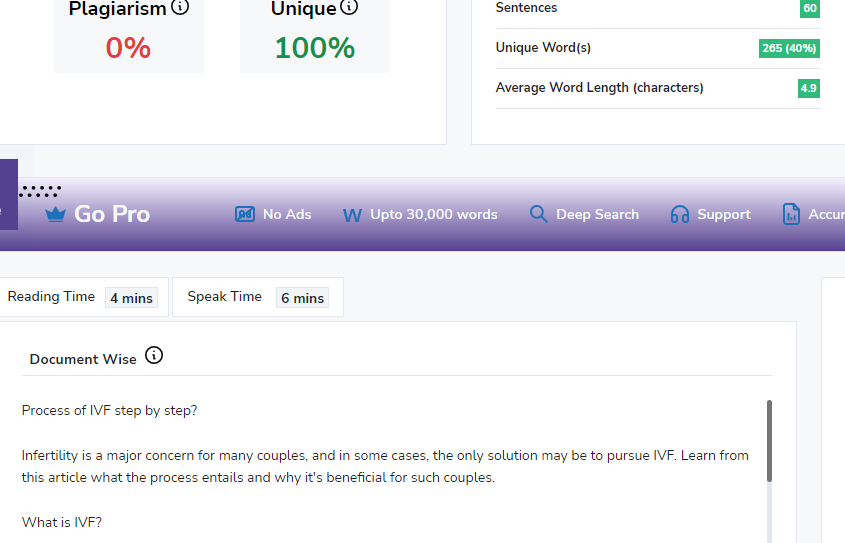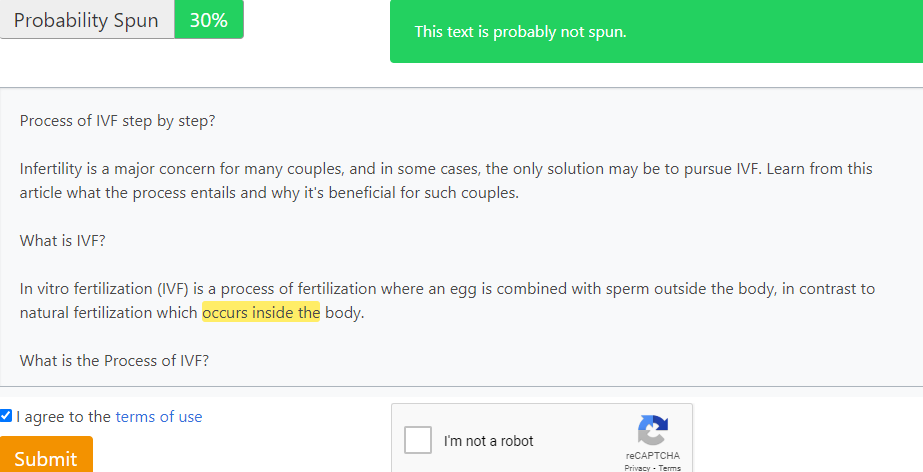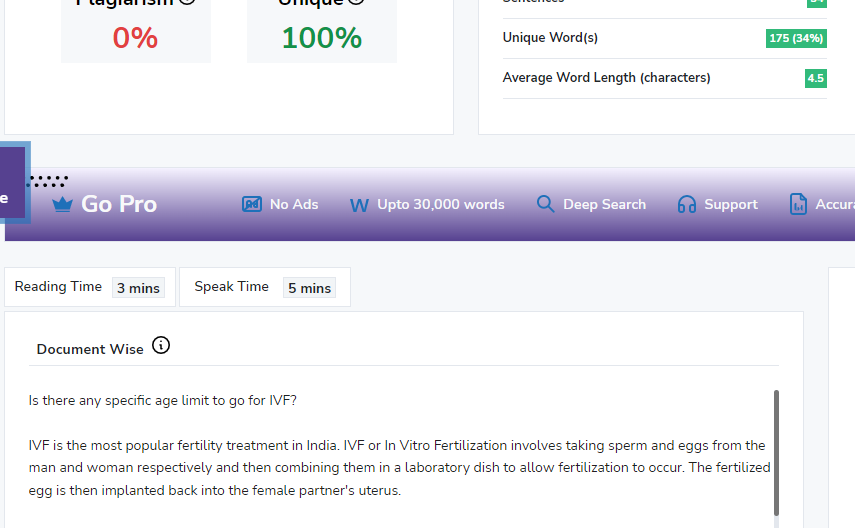
Infertility is a major concern for many couples, and in some cases, the only solution may be to pursue IVF. Learn from this article what the process entails and why it’s beneficial for such couples.
In vitro fertilization (IVF) is a process of fertilization where an egg is combined with sperm outside the body, in contrast to natural fertilization which occurs inside the body.
The process of IVF can be divided into four main steps:
If you’re considering in vitro fertilization (IVF), it’s important to understand the process and what you can do to prepare for it. Here’s a step-by-step guide to IVF:
A FET, or frozen embryo transfer, is a type of in vitro fertilization (IVF) procedure in which embryos that were previously frozen are thawed and transferred to the uterus.
FETs are often used when a woman has undergone IVF but did not conceive as a result of the fresh embryo transfer. They may also be used if a woman has had previous IVF cycles but has not been successful in conceiving.
The FET process typically takes place over the course of two to three weeks. The first step is to thaw the frozen embryos. This is done by slowly warming them to room temperature over the course of an hour.
Once the embryos have been thawed, they are transferred to the uterus through a catheter. The transfer itself takes only a few minutes, and you will likely be able to go home shortly after the procedure is completed.
In most cases, you will be asked to take progesterone supplements for 10-12 days after the transfer. Progesterone helps prepare the lining of the uterus for implantation and maintains a pregnancy in its early stages.
We hope this article has given you a better understanding of the process of IVF and what to expect at each step. IVF can be a complex and emotional journey, but it can also be an incredibly rewarding one. If you are considering IVF, we encourage you to speak with your doctor to get more information and to make sure it is the right decision for you.


